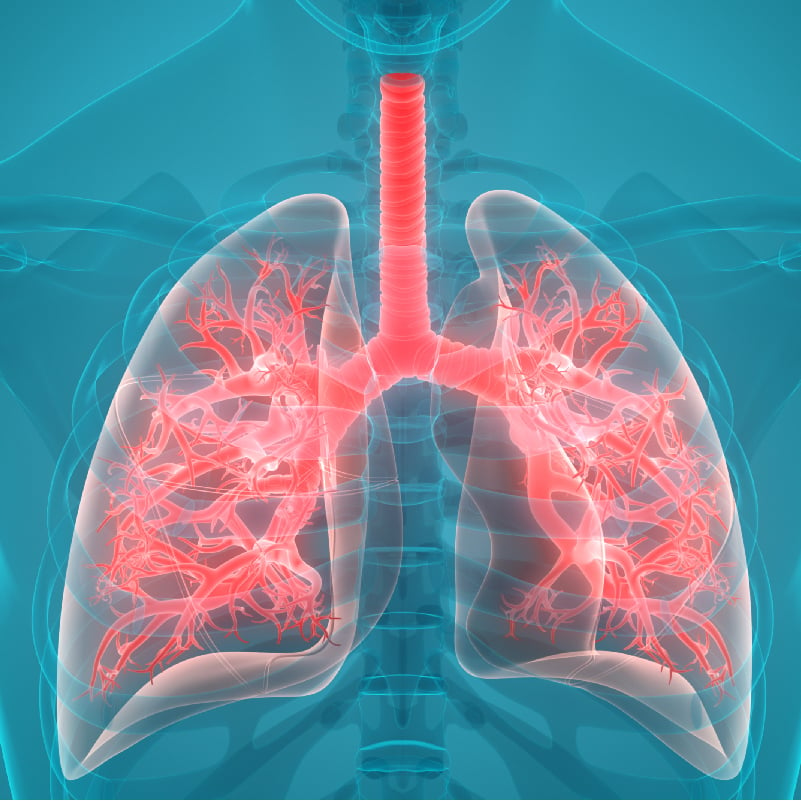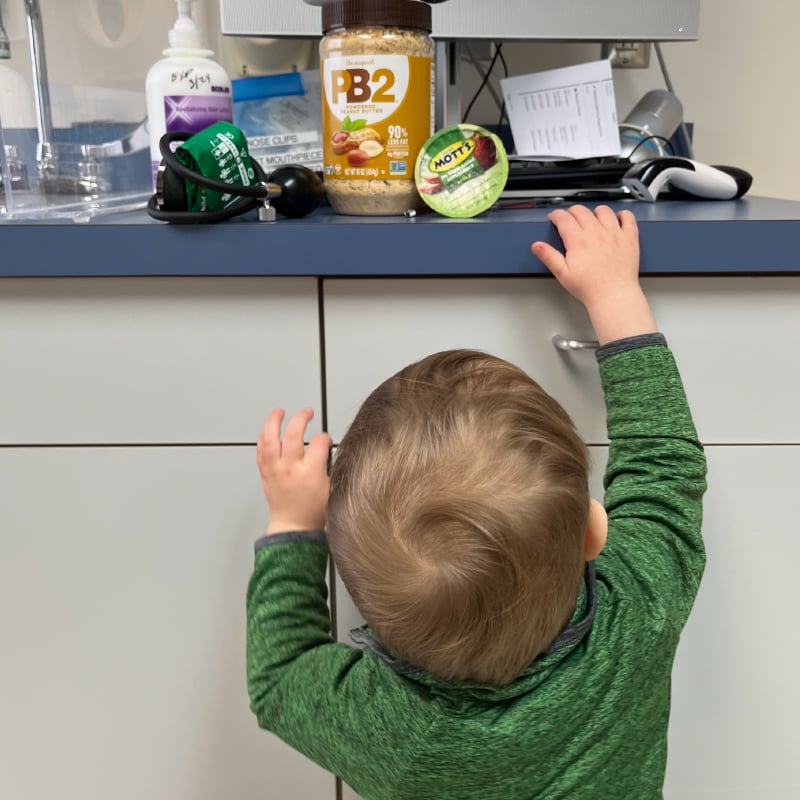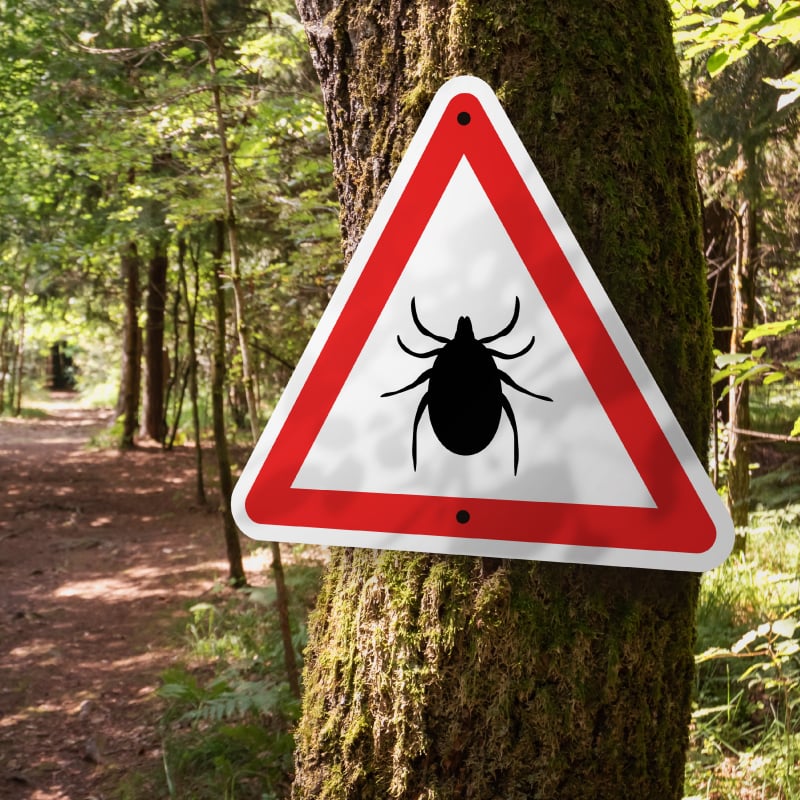The allergists at Rochester Regional Health's Food Allergy Program are dedicated to providing accurate diagnostics and improving your quality of life following a food allergy or intolerance diagnosis.
We spoke at length with Peter Capucilli, MD, an Allergy and Immunology provider, to learn more about the differences between food intolerances and food allergies.
What is a Food Intolerance?
A food intolerance is a digestive system response to something in a food irritating your system. It also occurs if you are unable to properly digest–or break down–a food. Most commonly, people have an intolerance to lactose (Lactose Intolerance), which is found in milk and other dairy products.
What are the symptoms of a food intolerance?
Food intolerance symptoms include:
- Bloating, cramps, or gas
- Diarrhea
- Headaches
- Heartburn
- Irritability
- Nausea
- Nervousness
- Stomach pain
- Vomiting
Often, with a food intolerance, your symptoms (and their severity) depend on how much of a certain food you eat. Dr. Capucilli explained that "you may be fine enjoying small amounts of milk or certain milk products, for example, but will become sick if you have too much."
What is a Food Allergy?
Food allergies are immune system responses caused when your body mistakes an ingredient in food–typically a protein–as something harmful and activates antibodies (your defense system) to fight against it. When these antibodies battle a food protein, we call it an allergic reaction. The most common food allergies include eggs, milk, wheat, peanuts, nuts, sesame, fish, and shellfish.
What are the symptoms of a food allergy?
Food allergy symptoms range from mild to severe, and the amount of food responsible for triggering a reaction varies from person to person. Symptoms may include:
- Hives
- Angioedema (swelling)
- Cramping or stomach pain
- Nausea or vomiting
- Diarrhea
- Itchy skin
- Rash
- Shortness of breath or wheezing
The most severe allergic reaction is anaphylaxis, which is potentially fatal and very serious. As Dr. Capucilli added, anaphylaxis, "involves a multi-system allergic response and could even involve a sudden drop in blood pressure, loss of consciousness, or system failure."
How common are food allergies and intolerances?
Food intolerances are much more common than food allergies. The most common food intolerance, lactose intolerance, affects more than 10% of Americans. Food allergies affect about 6% of children–who sometimes outgrow them–and roughly 1-2% of adults.
I have reactions after eating specific foods–what are my next steps?
Make an appointment with the Rochester Regional Food Allergy Program. We prioritize accurate diagnostics, meaning you will leave our offices armed with a diagnosis, a plan, and helpful tips.
Your provider will ask you for a thorough medical history, and about a food diary and any specific reactions you've had to the food that is giving you trouble. We will also ask about any family food allergies, allergies, asthma, and immunodeficiency disorders to give us the most information possible.
If your provider suspects an allergy, not an intolerance, they will suggest food allergy testing. These tests are safe and effective at diagnosing, but only with the help of an experienced allergist. We also perform food challenges on a daily basis, while many other allergists offer them rarely, if at all. This allows our team to offer the most accurate testing available, regularly.
Oral food challenges are the gold standard in food allergy testing and are the best, most effective way to test for food allergies. Oral food challenges can also confirm if a tolerance has developed into a known food allergy.








